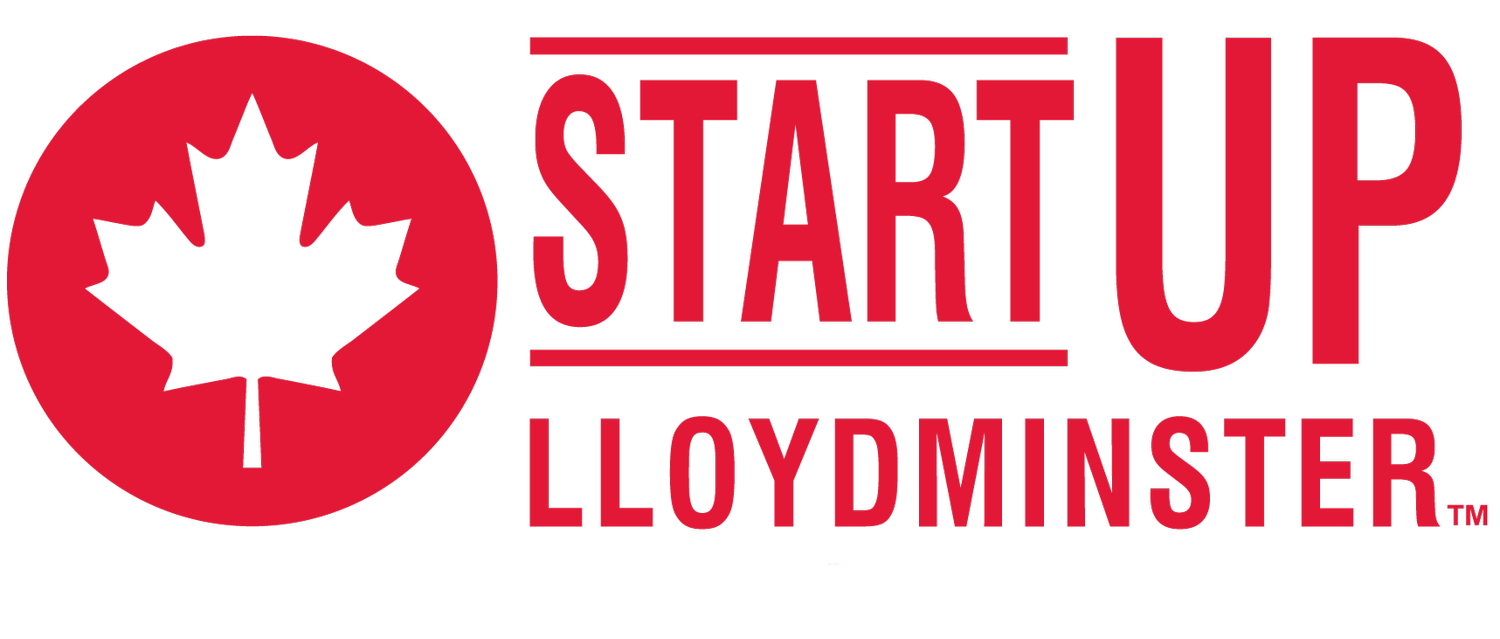Discipline & Grievances
‘Course Correction’ Conversations
There are times when a performance management meeting is needed in that the employer (supervisor) must remark and look for correction in an employee’s behavior or there has been an infraction of the established and communicated policies and processes which all employees agreed to abide by when they joined the business (covered in the onboarding documentation and/or employee handbook).
The performance management meeting becomes intentional in that it may be required to initiate a discipline process.
If discipline is not warranted but the conversation is needed as a ‘course correction’ to avert further action, it is important to make a note of the conversation and keep the note (i.e. in your day timer or daily log book) as a record of the informal conversation. Note the date, time, and location of the conversation and the nature of the incident discussed. This type of conversation is NOT documented as ‘discipline’ and is NOT retained in the employee file. This type of conversation is intended to give immediate feedback that inspires quick change (compliance) AND to understand the motivation for the behavior. Remember, performance is measured against what the communicated standards of performance are.
It is necessary to have policy and process developed for your business:
Progressive Discipline process
Employee Discipline & Dismissal
Collective Agreement (if applicable – Unionized workplace)
What is Progressive Discipline?
The information provided below is excerpted from Chapter 11 ‘Managing Employee Relations’ in the Canadian Human Resource Management text (see reference source below). Always consult your legal resource for current best practice information and guidance.
“Most employers apply a policy of progressive discipline, which means that there are stronger penalties for repeated offences. The purpose of this is to give an employee an opportunity to take corrective action before more serious penalties are applied. Progressive discipline also gives management time to work with an employee to help correct infractions.”
Example: When Margaret Stoner had two unauthorized absences, the human resource department provided counselling. It also arranged for her to join a ride pool that allowed her to leave home 30 minutes later than with public transportation. Eventually her unauthorized absences stopped.
The company’s progressive discipline system is:
1. Verbal reprimand by supervisor.
2. Written reprimand, with a record in file
3. One-to-three-day suspension from work
4. Suspension for one week or longer
5. Discharge for cause
It is essential that employers document efforts made to help employees. One possible program involves four steps:
1. Clearly indicate in writing the nature of the problem and the impact of the employee’s performance or conduct on the organization.
2. Provide the employee with a clear and unequivocal warning that failure to improve behaviour will result in discipline (up to and including termination).
3. Establish through progressive discipline that the employee’s performance was still unacceptable despite repeated warnings.
4. Demonstrate that discipline was applied in a fair and consistent manner.
Reference source: Canadian Human Resource Management, A Strategic Approach, 9th edition. Pp 402-403, Hermann Schwind, Hari Das, Terry Wagar, McGraw-Hill Ryerson, ©2010

